“Here’s something I’ve put together with our thoughts on access. Our wood has always been private, although local people sort of know the way in and potter about occasionally. We try to ensure that since we tightened up the boundaries, they can still visit us, and know when they can visit, but also try to reduce damage, theft and vandalism and protect some pretty fragile colonies of plants and animals.
It’s a delicate balance and at the moment we might have got it wrong, but we are working to increase access without incurring damage. However opening the door to everybody would be very difficult to manage – some people probably feel aggrieved, that they wouldn’t cause damage, and just want to enjoy the birds. I am sorry that a small minority of people who do cause damage and harm have made that impossible.
It would be lovely to see Forestry funding recognise the efforts of those who strive to provide limited public access: currently you can either be open or closed, but there is no recognition of people like us who provide a public resource but don’t open the gates to all and sundry. I wish!”
– Sarah Walters, Alvecote Wood
Access to woodlands has been a very hot topic in recent weeks and months with the threat of reduced access as a result of sale or transfer of public woodlands into private or charitable ownership. But the majority of woodlands in the UK, and many of the beautiful ancient woodlands, are in private ownership, particularly smaller woodlands under 50 acres in size. What are the arguments for and against increasing accessibility to these woodlands, and how could that be achieved?
We own 20 acres of land: 11 acres of ancient semi-natural woodland, and 9 acres of arable field on which we have recently planted 4000 trees to establish a new native broadleaved woodland. We are managing this woodland for wildlife, and for use by community groups. We are part of a wildlife corridor along the Coventry Canal and Anker Valley, joining up with farmland in higher level stewardship, a Country Park, a SSSI managed by the Wildlife Trust and other parcels of land that are privately owned by people with an interest in wildlife. We are not wealthy people, but we are passionate about wildlife, and about helping people to learn and understand about woodland and its value for wildlife.
So why don’t we just open the gates and let everybody in?
The first issue we had was safety. When we took ownership just over 3 years ago, the woods had not been actively managed for years. Previously grazed by sheep, cattle, pigs, horses and goats, there were miles of barbed wire paddocks of variable vintage and in variable states of repair, often covered by masses of bramble. Some trees were in poor health, and derelict buildings on site were a hazard to visitors. In addition, there were no safe tracks around the wood, and no safe way of crossing the ditches criss-crossing the site. It has taken a lot of time, money and effort to create safe access for people and vehicles (to permit visitors to enjoy the site as well as to allow us to do essential forestry tasks), but this obstacle has now been removed.
However the second major issue is theft, vandalism and wildlife crime. Our wood is close to a small town (Tamworth) as well as several villages. It has a road entrance, and therefore is prone to unwelcome visitors as well as the more welcome kind. We have had multiple thefts from the site, attempted break-ins to our building, theft of recently-planted trees and evidence of use by poachers. We have also seen people with pit-bull dogs on site. Trees have been shot-at and left damaged. A new fence has been cut. Good security with fences, a gate and barrier have reduced, but not eliminated these intrusions, and thieves cannot get away with anything they cannot carry, as vehicles cannot get in. Opening the gate would allow those vehicles in, with unlimited potential to steal equipment, firewood, trees, bluebell bulbs and for industrial-scale poaching, as well as making us vulnerable to squatters. We produce a small amount of wood for our own use by sustainable means. But we can’t sustain thefts of wood, disturbance to wildlife log-piles, or people cutting down mature trees as firewood. We cannot sustain losses from theft and vandalism, and nor can the precious habitats that we have been striving to enhance, develop and protect over the years.
Disturbance is also an issue. The forest floor, and the seeds within the forest litter, are extremely valuable – the seed bed is the most valuable aspect of an ancient woodland, and something that cannot be replaced, and that is not present in a plantation. The seed bed in our woodland has already been damaged by grazing, particularly grazing by pigs, over the years. Birdwatchers, nature lovers and those walking for recreation do little harm, and we would love them to visit. However off-road 4 x 4 drivers, off-road motorcycles, horse riders and mountain bikes have the potential to do more damage, something that we strive to avoid when we need to take a vehicle into our own woods. On a large well-stocked site, areas can be set aside for the enjoyment of these groups, but on our little 20 acre site, this is not possible. Establishing new woodland is also a hard enough task, but this would be made harder if people damage the new trees, churn up the fragile meadow we are trying to establish and scare away the shy creatures that we are starting to attract to our site.
Since taking ownership we have introduced coppice management, replaced some of the over-exuberant elder and bramble with new coppice species, established wildlife ponds and wildflower meadows as well as planted our new trees and hedgerows. We have some extremely rare flowers present, such as snakeshead fritillary, as well as some uncommon ones such as bog stitchwort. Some comprise just a single colony on site. We have been attracting to the site some red-listed birds such as yellowhammer and lesser spotted woodpecker. We have a sensational display of English bluebells. Our wood is a haven for game birds such as partridge, pheasant, woodcock and snipe. New species of butterfly have moved in. Dragonfly numbers and variety have increased. A few thoughtless acts, such as picking the flowers, digging up the bulbs, a dog scaring away the ground-nesting birds, or a rider trampling our single colony of fritillary and so much good could be undone. Nothing in our small wood is far from a path, so everything is vulnerable, unlike larger woodland where there are little havens far from the beaten track where wildlife can flourish.
And why should people have a right to go everywhere? Sometimes there need to be places where wildlife is given absolute priority. Where wildlife is fragile, it needs protecting from people. Why should wildlife be confined to a few small areas away from forest tracks frequented by many visitors, riders, cyclists, motorcyclists and other groups? There are plenty of places near to our wood where people can cycle, ride mountain bikes, walk their dogs, and even ride off-road motorcycles. Sometimes we need to redress the balance and set aside areas for wildlife as we have done for people seeking, quite rightly, to enjoy other countryside activities.
But on the other hand, how will people learn about the fragility of wildlife if they can’t visit woods like ours? The answer we’ve come up with is controlled access. We do not open the gates every day, although if we had more time, staff and money, we could open more frequently. However we run public open days once a month, and this year are running birdwatching evenings, bluebell walks, open evenings and other events too. We open for community groups such as schools and colleges, natural history groups and the Scouts. We run events at the wood, such as fitness walking classes, photography courses and woodland management courses. We engage with the local community so they are aware of what we are doing, and have had nothing but support from them.
We hope we have struck the right balance, but it is difficult. Opening without staffing the site would diminish its value for wildlife and ultimately for people too. Staffing would take resources we don’t have, and divert our attention away from habitat development and small-scale sustainable wood production. We get no financial support for our efforts in opening up a small woodland that has never before been open to the public, whilst keeping it primarily for the wildlife that has always enjoyed it, and we hope will continue to enjoy it in future. Private ownership does not mean we shut the doors and shut people out, but it does mean we have that option in order to protect wildlife, an option the public forests don’t have. Access all areas – where possible, yes, but perhaps not always the right thing for all pieces of woodland.




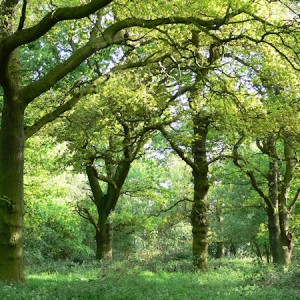
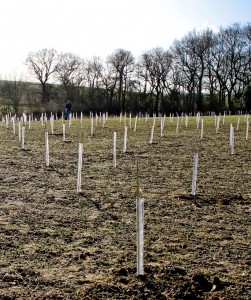
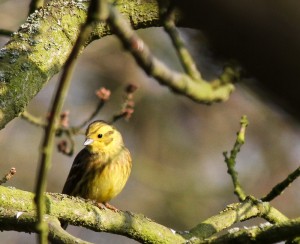
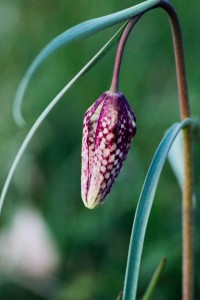
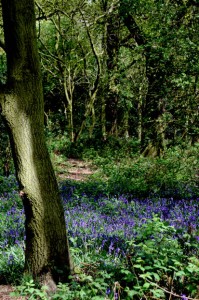
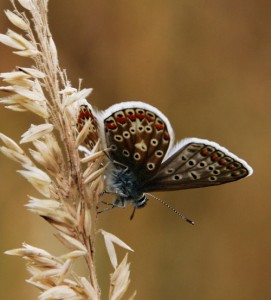









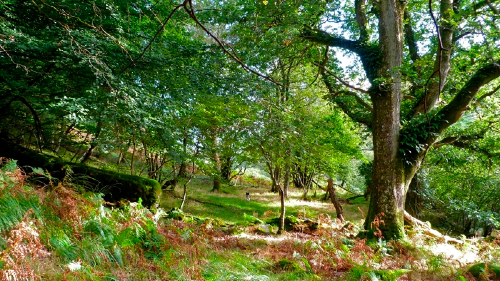
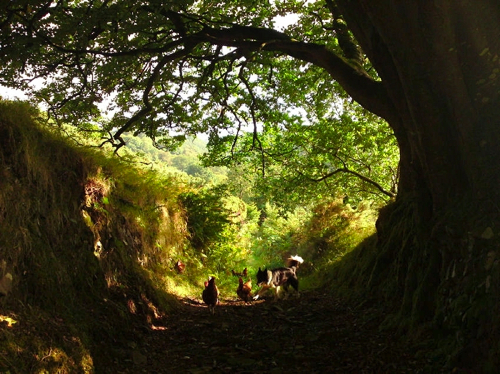
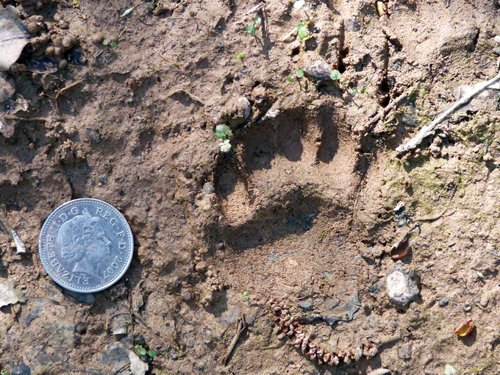
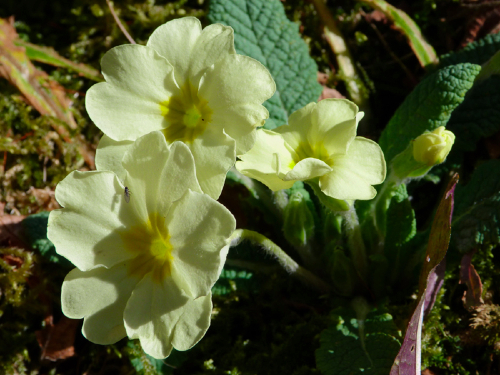

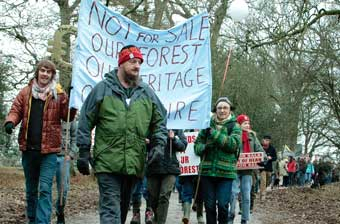

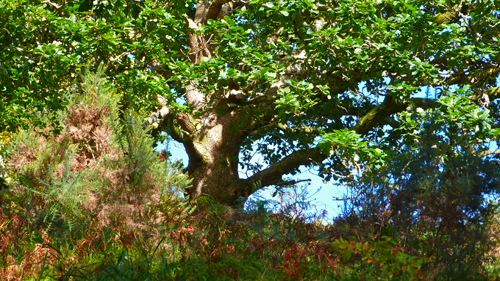
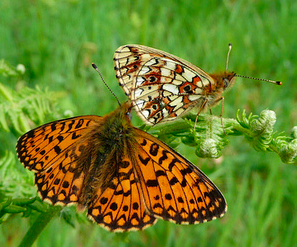
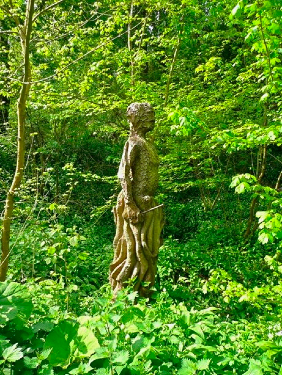
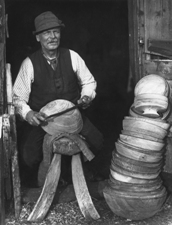



1st well done with your fantastic work, I feel that closed woodland is very important for british wild it need to be protected as much as it can so keep going the way you are with your great work
Sarah, as Adrian says above, and as we’ve already discussed via Twitter (so many ways to talk… ;-)) I agree the work you’re doing is amazing, as are your personal stories behind all the good work.
The reasons you give for controlled access seem necessary and I think positive. There are of course very good reasons why ‘access’ is such an important and powerful concept in the campaign and practice of protecting woodlands from widespread and careless selling-off.
But I also agree that wildlife protection is as important and, as you say, why should wildlife not be given priority where necessary? The rights of a tree or flowe are, and I know this isn’t a populist viewpoint, important too.
A great article and timely in reminding all, that small private woodland owners are a major stakeholder and yet have been massively overlooked since the commencement of the PFE discourse.
From my own experience and from elsewhere what is truly great is that your approach and commitment is increasingly common and accounts for some significant contribution to conservation efforts in the UK and further, without any hype or publicity.
This FC survey of private woodland owners further expores some of the aspects in your article.
http://www.forestry.gov.uk/pdf/fcin074.pdf/$FILE/fcin074.pdf